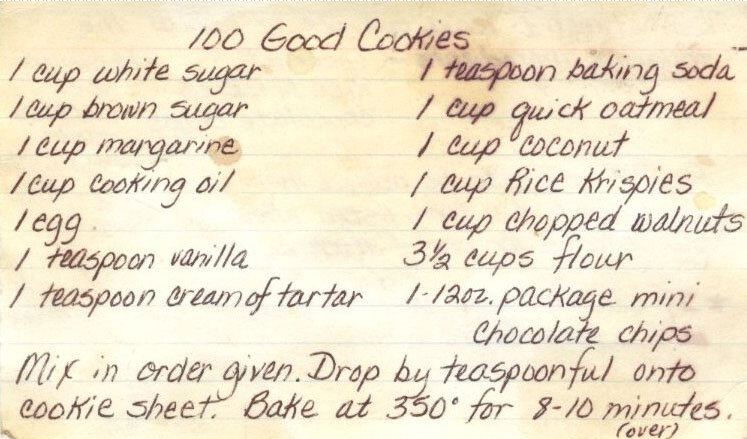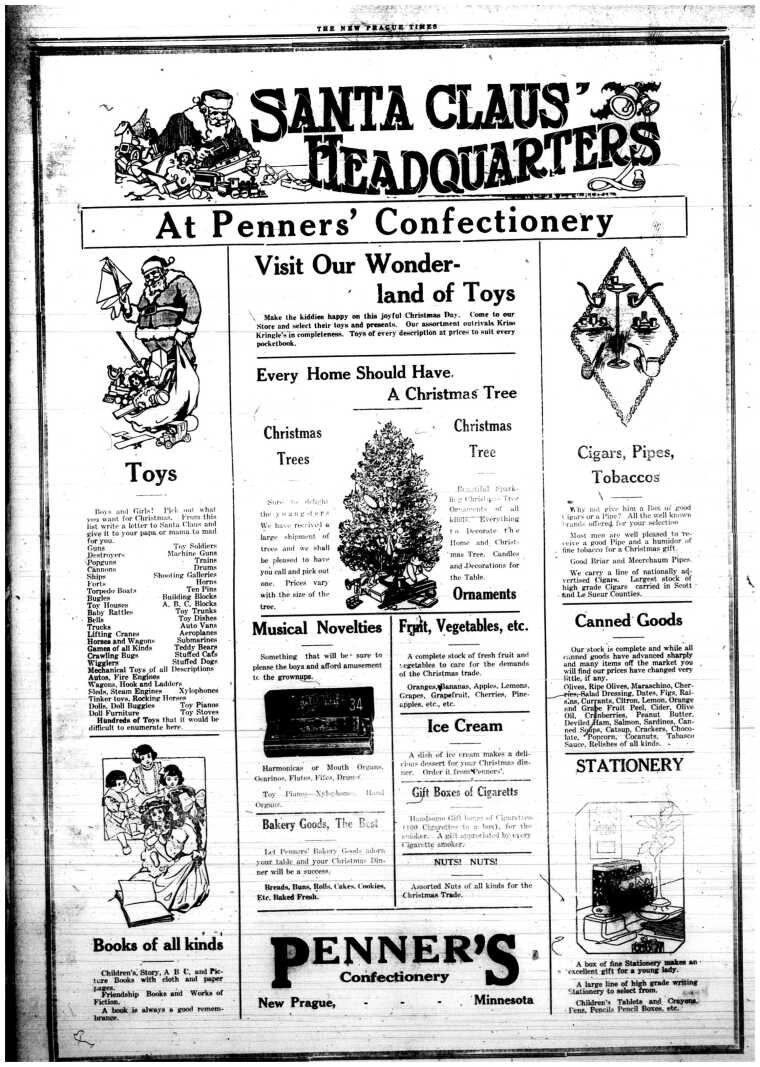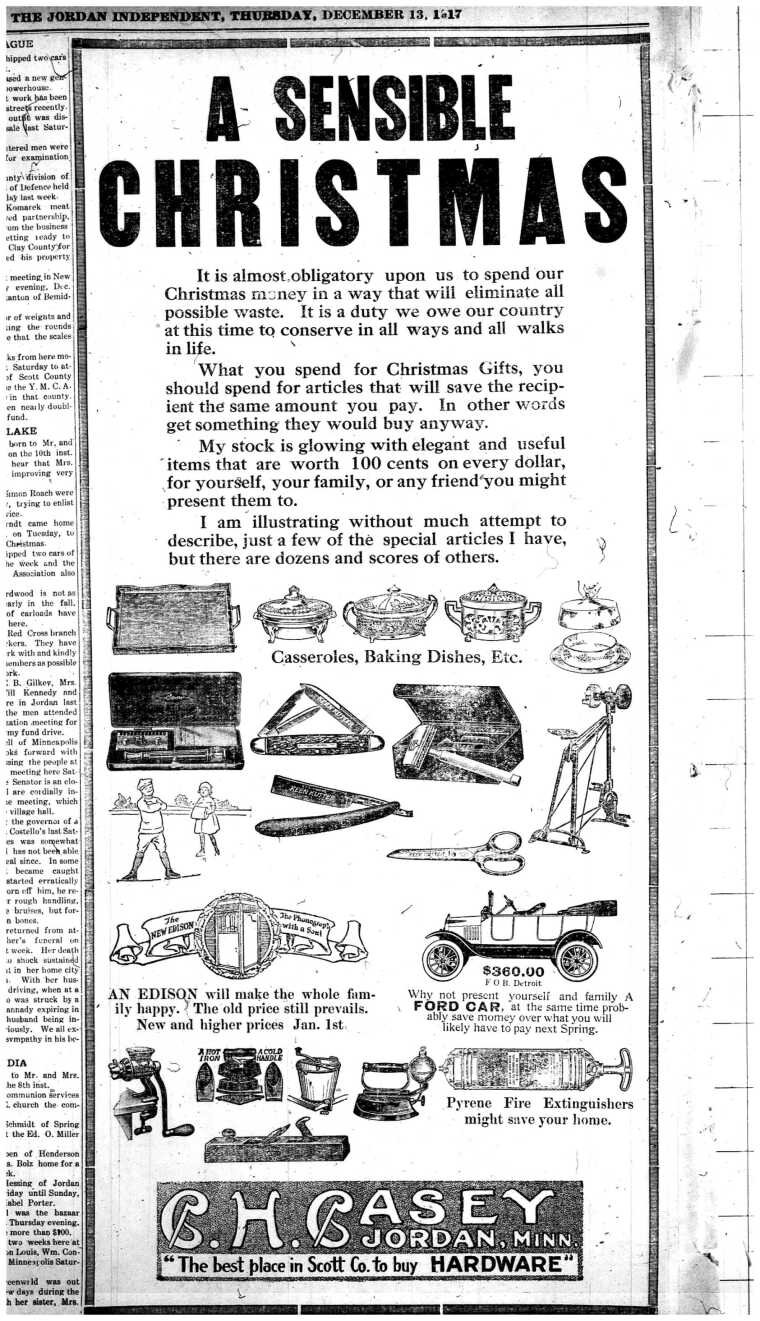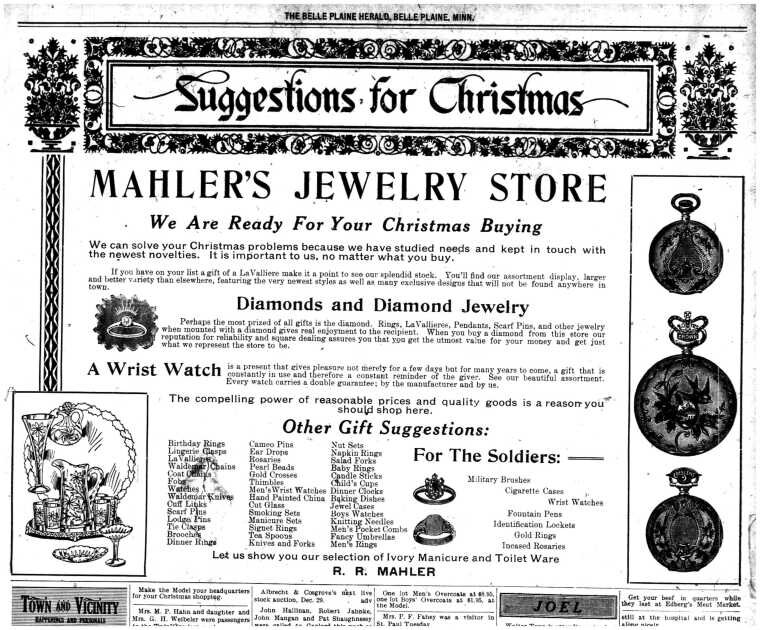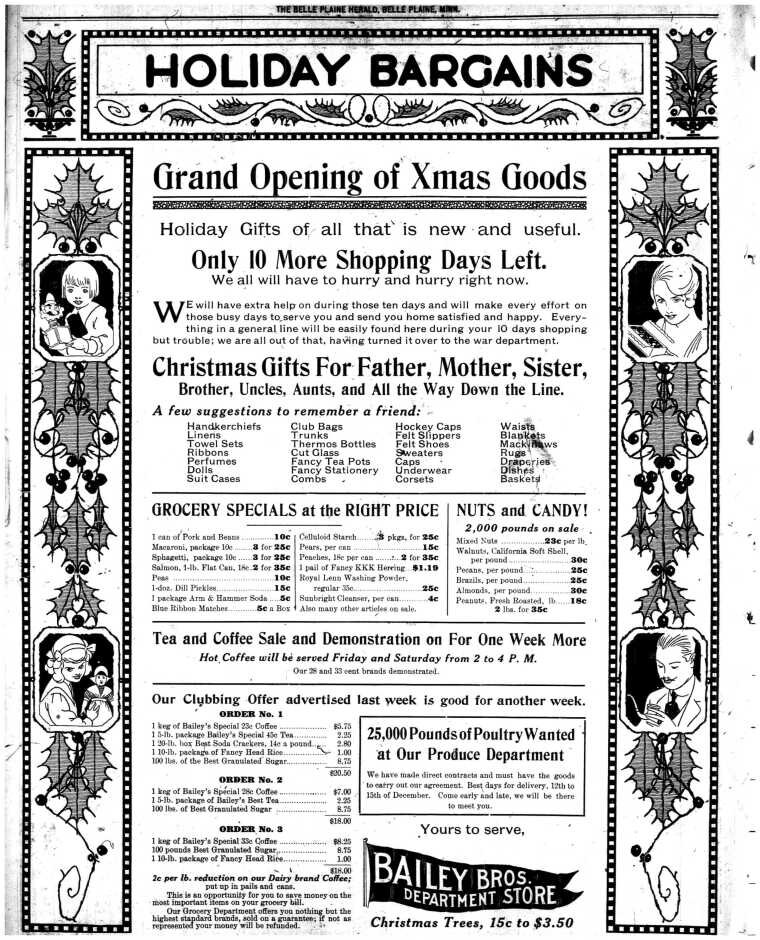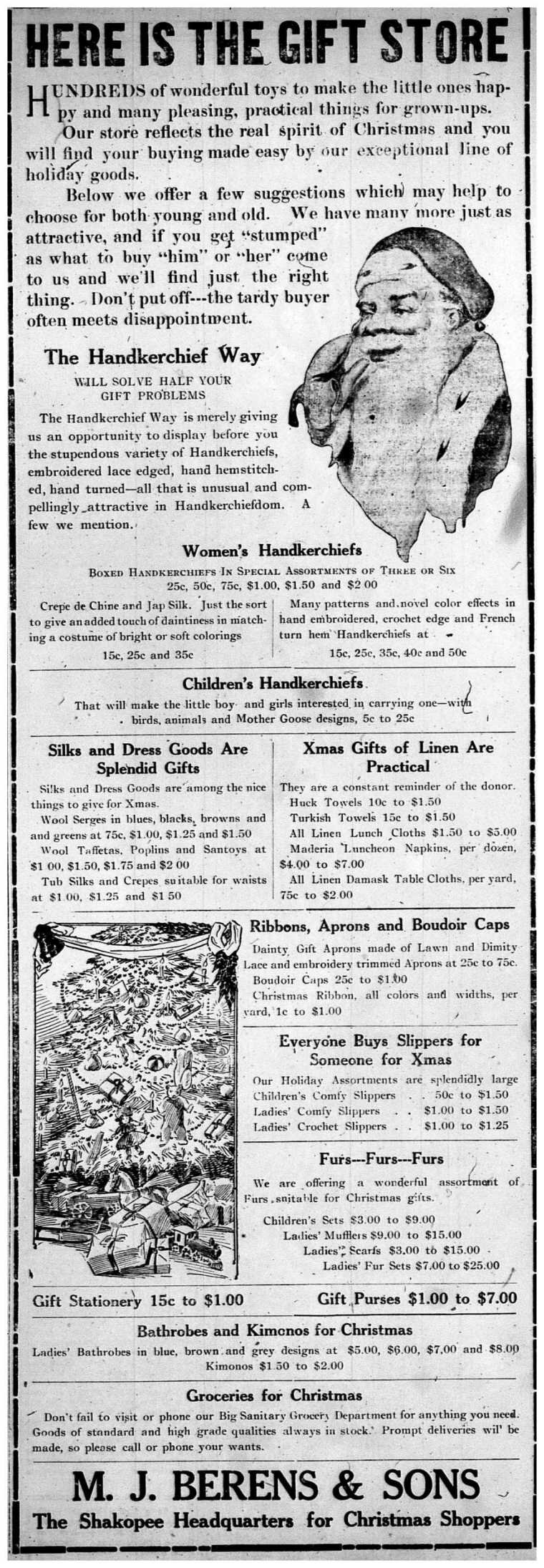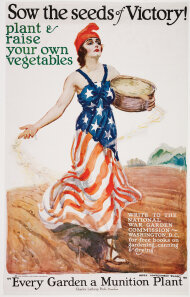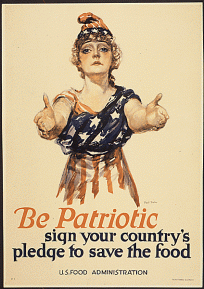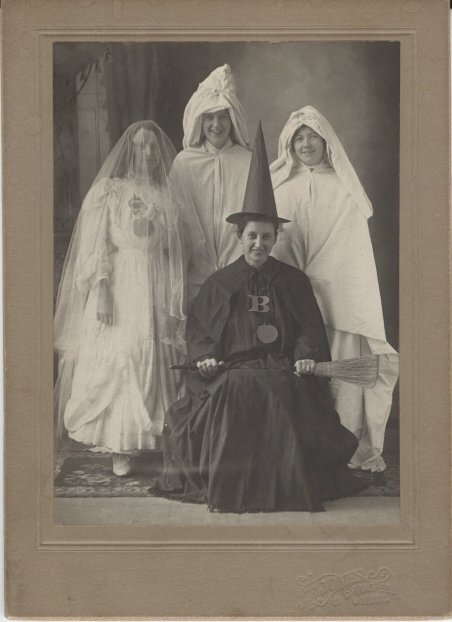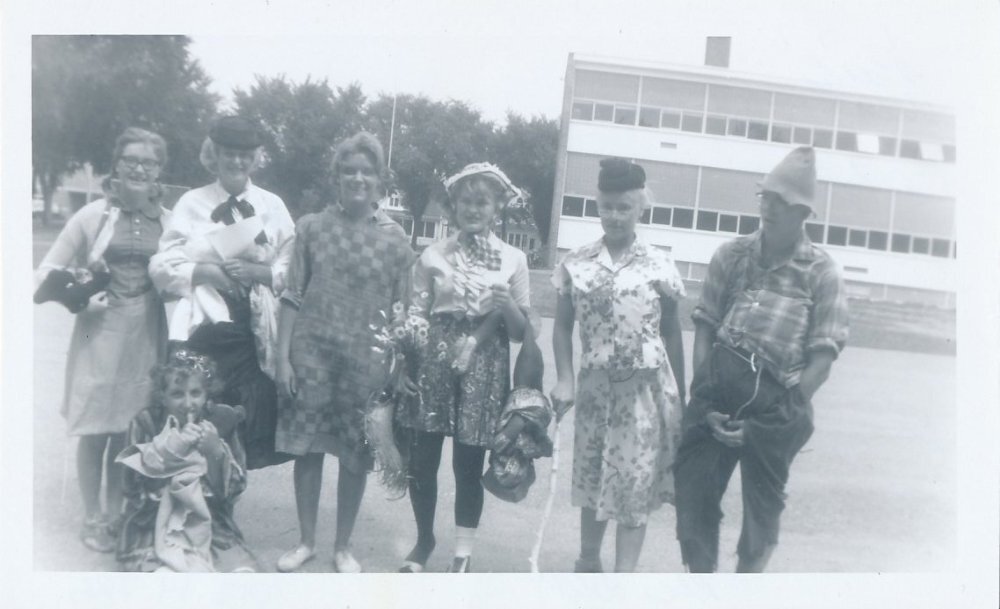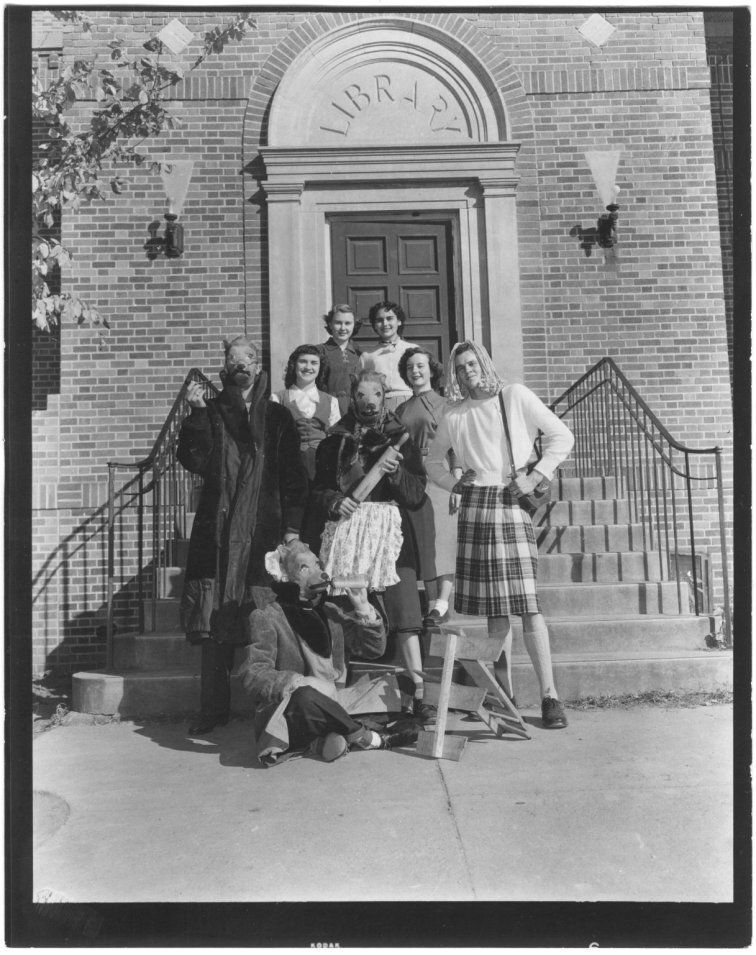December is a special time for many people – it is a month full of wonder, for the holiday spirit is just around the corner. For many of us in Minnesota, it is a time of beautiful snow flakes outside and of cuddling together with a blanket before a fire or a television. December is a time of sweet smells of crisp air, pine trees, and of course, delicious aromas of food.
Nothing brings individuals together like that of a warm meal or tasty dessert at the table. Before long, families and friends will be together to celebrate Christmas and the New Year. In honor of this time of feast, I thought it appropriate to look through SCHS’s collections and see what we have concerning food and their recipes.
The first thing that came to mind was cookbooks. We have many different types of cookbooks – indeed, the museum holds nearly fifty-five cookbooks, many from the various churches or clubs in the county, and standard cookbooks manufactured from around the United States. The oldest cookbook we have is one from 1890 called the “Compendium of Cookery and Reliable Recipes”. Upon seeing that SCHS has so many cookbooks, my interest was piqued on what we had for handwritten recipes.
A recipe can tell you a lot about the people that used it. A recipe can give one hints of their heritage, pride, and interests. Specific ingredients in a handwritten recipe can also give us insight on the easy or difficult times individuals faced, depending on whether or not ingredients could be gathered. Unfortunately, due to their profound usage in a kitchen, many recipe cards may not live very long lives. Many get wet, torn, or perhaps just thrown away. Many do not get the chance to be preserved in a museum. Below are a handful of handwritten recipes that are being preserved here – for yourself, and for future generations to view. These recipes were all handwritten on some medium of paper, be it notebook paper, recipe cards, or other types of paper. The most interesting handwritten recipes that I found, however, were written on wallpaper samples!
Please enjoy looking at the handwritten recipes below. The first recipe was most likely written between 1910-1940. The wallpaper sample recipes were most likely written between 1925 and 1935. The last recipe was written in 1985.
Take a look through your own collections and see what interesting recipes you can find! Try some out – particularly for a delicious Christmas dessert. Most of all, please do your best to preserve such lovely recipes. The future’s generations stomachs will thank you!



